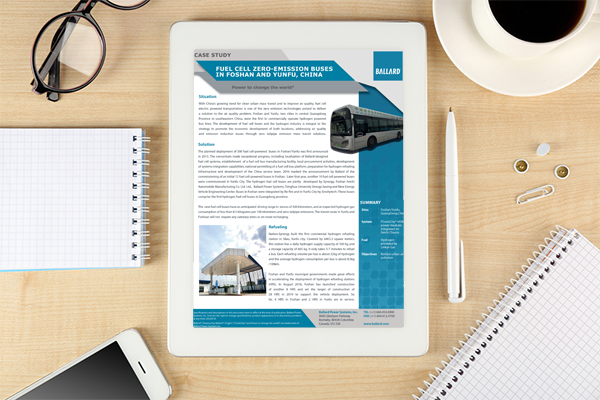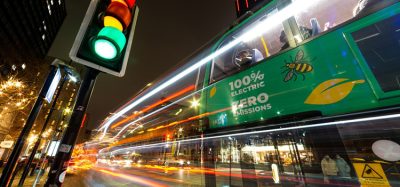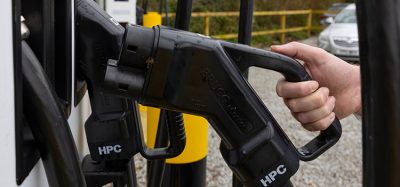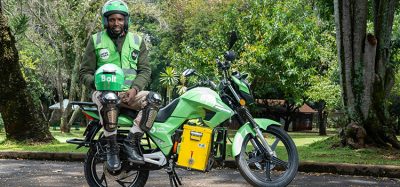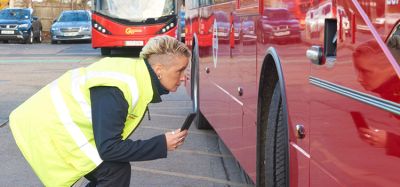The rollout of the first zero-emission buses: the Foshan bus case study
- Like
- Digg
- Del
- Tumblr
- VKontakte
- Buffer
- Love This
- Odnoklassniki
- Meneame
- Blogger
- Amazon
- Yahoo Mail
- Gmail
- AOL
- Newsvine
- HackerNews
- Evernote
- MySpace
- Mail.ru
- Viadeo
- Line
- Comments
- Yummly
- SMS
- Viber
- Telegram
- Subscribe
- Skype
- Facebook Messenger
- Kakao
- LiveJournal
- Yammer
- Edgar
- Fintel
- Mix
- Instapaper
- Copy Link
Posted: 18 June 2019 | Ballard Power Systems | No comments yet
The city bus market in China is massive, with a total of 651,000 registered city buses in 2017 and more than 90,000 electric buses purchased annually, according to Interact Analysis.
In support of air quality improvements, China has the largest new energy vehicle market worldwide and continues to foster development of the sector. Support takes the form of both government policies that set ambitious targets for the rollout of electric vehicles and also generous subsidies encouraging the development of new technologies. The impact to the bus market has been significant, with China’s city bus fleets now almost entirely electrified.
As battery electric buses are becoming cost competitive with diesel buses and realising that complete decarbonisation of public transit will not be achieved with battery technology only China’s government has begun to reduce the level of subsidies in favour of fuel cell electric buses and hydrogen fuelling stations. In 2018, China became the global leader in the commercialisation of fuel cell electric vehicles in medium-duty and heavy-duty motive applications. An estimated 1,500 fuel cell trucks and buses are currently permitted in China.
Two cities in southeastern China are leading the way, with the first deployment of fuel cell electric buses in China’s history. The first instalment of zero-emission fuel cell buses has now hit the road in both Foshan and Yunfu, with 63 buses in service, as part a planned 300 bus fleet. For more information on the performance of this fleet, download the case study.
Related content from this organisation
Related topics
Air Quality, Alternative Power, Fleet Management & Maintenance, Intelligent Transport Systems (ITS), Sustainable Urban Transport
Related modes
Bus & Coach
Related organisations
Ballard Power Systems




